Positive Train Control in the US: A Vital, Complex and Expensive Technology
John DeWaele is a certified locomotive engineer working in the United States. Following the derailment of the Amtrak Cascades passenger train in Washington in December 2017, where Positive Train Control was not active on the track, John DeWaele takes a closer look at the benefits of this technology and the reasons behind the delays in widespread implementation across the American rail network:
Positive Train Control (PTC) is a train protection technology we have heard a lot about in the past few years. After a series of accidents in the early 2000s and particularly the 2008 Chatsworth (CA) train collision, where an engineer failed to control the train speed in accordance with wayside signal indications, PTC was once again pushed to the forefront of in the United States by the 2008 Rail Safety Improvement Act (RSIA), which provided the framework for PTC and was to be implemented within 18 months of RSIA being passed. While numerous changes to RSIA followed, it did require railroads handling toxic/poisonous inhalation hazards (TIH/PIH) and/or mainline commuter/passenger trains to begin implementation and have a full operating PTC programme within the 18-month timeframe.
Recent events in Washington have reminded us once again how critical it is to give locomotive engineers the proper tools to increase the safety of our railroads. As a certified locomotive engineer for over a decade, former Road Foreman and Trainmaster, I have had the experience of utilizing PTC on freight trains and commuter trains over the northernmost part of Amtrak’s busy North East Corridor (NEC), which connects Washington D.C. to Boston (MA) and participated in the installation and testing of it. PTC provides the NEC (approximately 150 miles between Boston (MA) and New Haven (CT) with a greater level of safety and improved operation by supplying the locomotive engineer with a continuous reminder of the conditions in which they are operating.
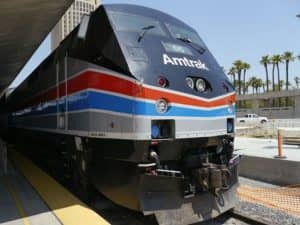
PTC is a vital safety feature of trains on the North-East Corridor in the USA
What is Positive Train Control?
PTC is a system designed to help locomotive engineers navigate their territory by displaying track speeds, track conditions ahead (in conjunction with cab signalling) and enforcing stop signals, known as a positive stop. This information is incorporated into a display screen that is located on the engineer’s control stand; making the information clear and concise. PTC will monitor the train’s speed and geographical location to ensure compliance with speeds and proper braking distances. This is made possible through on-board equipment, wayside data radios and transponders in the gauge, all part of a PTC programme called ACSES (Advanced Civil Speed Enforcement System). When the train’s speed exceeds a predetermined parameter, PTC will put the train into penalty bringing it to a safe stop. PTC also applies to stop signals, monitoring speed and location to ensure the train does not pass a stop signal by applying a penalty if the train does not obey it.
After a daily test confirming the system functions are fully operational and the engineer moves their train into PTC-equipped territory, the system will immediately “wake up” with an audible indication as soon as the locomotive passes over an entrance/exit transponder; this allows the PTC to pinpoint its exact location. As the system operates, it will emit a beep which the engineer needs to acknowledge by pressing a button whenever track conditions change – for example when the permitted speed changes. This beep is mirrored by an indication on the PTC display showing the current track speed and track conditions ahead. As the train continues, PTC will monitor the speed and location and give the engineer suitable warning to any changing track conditions ahead; this allows the engineer to make the proper adjustments to safely control the train. This could include speed changes, track condition changes (downgrade or upgrade in signals) and warn them of an upcoming stop signal before it comes into the engineer’s view. Any time track conditions change, an audible alarm will need to be acknowledged by the engineer. Should the engineer fail to acknowledge this alarm or exceed any of these predetermined parameters, PTC will stop the train through a penalty application of the brakes.
The success of PTC is apparent the NEC. Amtrak has run the Acela Express here for nearly 20 years without incident. In combination with the skills of their engineers, conductors and dispatchers, the success of their PTC platform is strongly evident from this record. On the NEC, Acela trains operate at speeds of up to 150 mph amongst slower regional passenger trains, commuter trains and freight trains. Amtrak’s NEC’s infrastructure has been in service for over a century, encompasses many curves, crossings and interlockings, and took many modifications to accommodate a high-speed rail project, which included the installation of PTC. The success of the PTC platform in this region has allowed freight trains, which often exceed 10,000 tons, and busy commuter trains to operate flawlessly in between Acela trainsot only is this a success for Acela, but also for PTC in proving its effectiveness on freight trains that operate on the NEC. As this corridor is so old, PTC is a vital tool for the locomotive engineers; assisting engineers guide these high-speed trains down to their proper speeds for all these challenging elements.
Problems for PTC
However, while success on the NEC is evident, the initial mandate to implement PTC created some push back. Concerns over compatibility and proper installation caused some railroads to hinder initial progress, not to intentionally delay the process, but as a matter of understanding the massive undertaking it would be. One major concern to many railroads was simply interoperability given the large percentage of horse power sharing (run through locomotives from one railroad to another). It would take committees made up of multiple railroads to come up with a workable formula here. Once these committees gained momentum through discussions and meetings, they would be able to begin design work on their PTC platforms. Simply addressing concerns like this would push the realistic operation goal far beyond that set by the RSIA.
However, since RSIA was implemented in 2008, amendments have been made to accommodate the colossal task of building a PTC system by extending the implementation period several times, currently to 31 December 2020. Mapping every mile of mainline track, building computer mainframes and designing equipment to fit antiquated locomotives and modern locomotives alike would have required resources many railroads did not have. To gather these resources, railroads would have to set aside capital, hire new employees and find contractors to assist in their systems. Designing systems to be installed in the field to support PTC would also cause delays. The FRA is now assisting many railroads with grants to help speed up the process of installing PTC, to the tune of $925 Million. In addition, loans have been issued to soften the extreme costs PTC poses on each railroad.
Whilst it is clear that PTC, and mainly ACSES, has provided improved safety on the NEC, it was implemented for the Acela to achieve speeds greater than 110 mph before RSIA was passed. Implementing RISA means PTC would extend beyond the Acela trains; every train operating on the NEC between Boston (MA) and New Haven (CT) would be required to have PTC installed and in service while operating on the NEC. Other railroads, other than high-speed rail services outside the NEC, didn’t begin developing PTC until RSIA was implemented in 2008, as they weren’t required to. The slower speeds these railroads operate at may explain the slower rate of implementation as they don’t often exceed 50 mph. The cost of these PTC platforms – that until recently had only been in place on the NEC – is enormous. ACSES is a proven platform in the northeast on passenger trains, where speeds and train lengths are consistent. However, when applied to a freight train, it can be cumbersome and slow operations to a crawl; creating bottlenecks and hindering deliveries and schedules. This is mainly due to the predetermined braking curves that do not account for the variable tonnage and length of freight trains.
Implementing PTC on any railroad is a monumental task that requires all departments to be involved as well as substantial planning and approval by the FRA. Once the programme has been approved by the FRA, the task of building a PTC system begins; this includes, in part, building custom components for installation of wayside signalling, data banks and the individual on-board locomotive units. The technology and materials required to successfully implement PTC has created a backlog with some suppliers and delayed implementation. Also, densely populated areas have forced some railroads to use fibreoptics for their wayside signalling to avoid additional frequency usage on the already congested airwaves, again slowing progress. Then there is the task of upgrading thousands of locomotives with the PTC capabilities; a tremendous undertaking in itself that requires additional shop time and a skilled labour force.
On top of this, the cost of the equipment can exceed $100,000 per locomotive before adding the cost of installation. This extreme cost requires strict budget changes and allocated funds for PTC, plus the costs of constant maintenance associated with the demands of the equipment. A further reason why implementing PTC has been slow is that additional personnel needs to be hired for the installation and maintenance of PTC, in some cases creating new departments. Further costs are incurred through time delays such as halting traffic on busy corridors for maintenance and installation, taking locomotives out of service to install and maintain PTC components and of course, any unexpected breakdown of the PTC equipment which in some cases, disables locomotives and trains entirely. These could be the reasons behind the perceived slow implementation and narrow scope of current use.
The Future of PTC
Everyone involved in PTC is dedicated to delivering a safer, more reliable railroad. However, it is important to consider the long road it takes to implement these technologies and build an entire new element into a railroad. Here in the northeast, Amtrak is no longer the only operator running ACSES, a sure sign of the transition from traditional railroad operations to a safer future. PTC is becoming an important tool for engineers and railroads alike by improving situational awareness and providing the engineers with a constant reminder of their location and speed; eliminating hesitation or guesswork as to where the train is or what the upcoming speeds changes are. Therefore, PTC allows trains to run at their maximum authorised speed safely and efficiently without impeding the overall timeliness of busy corridors. Safety, improved time performance and increased speed are vital to the growth of railroading and PTC is the tool to help everyone involved in it achieve these goals.

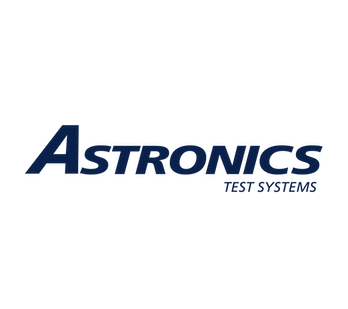

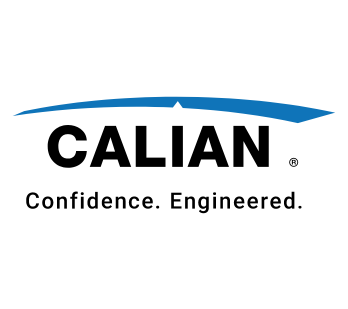



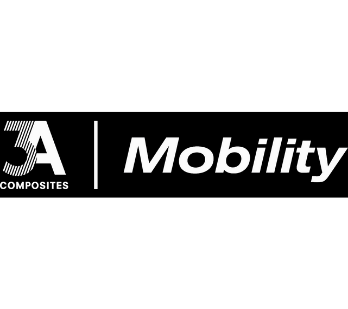

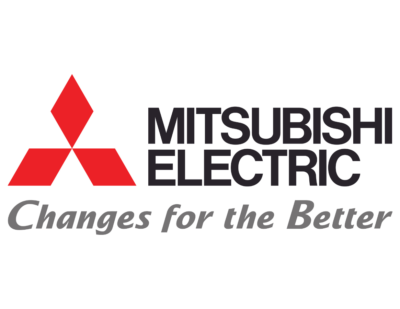
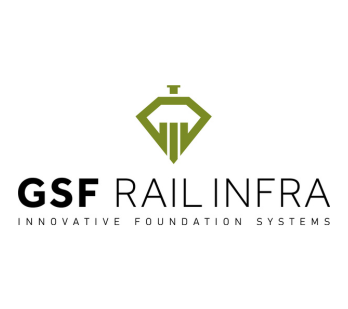





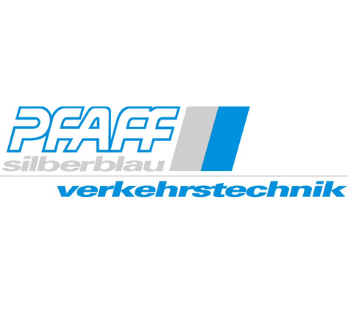












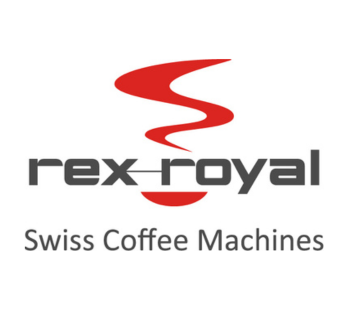






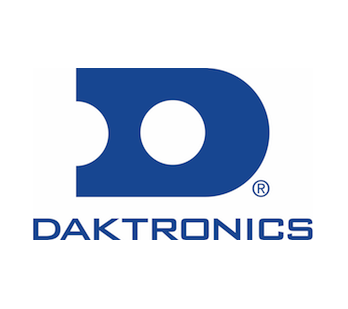

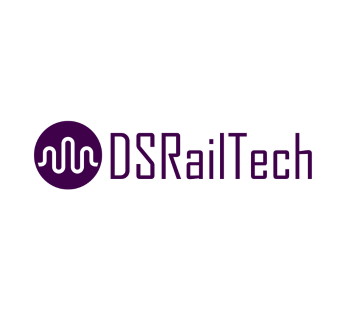





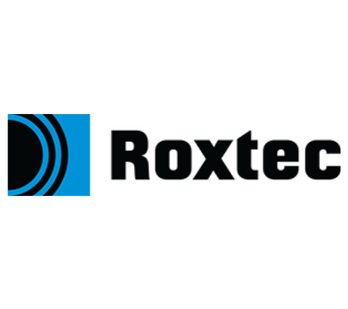
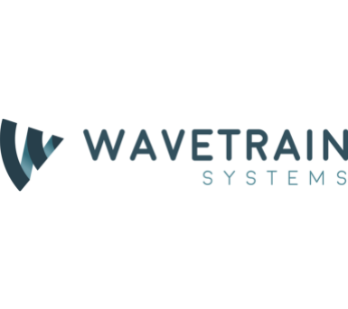







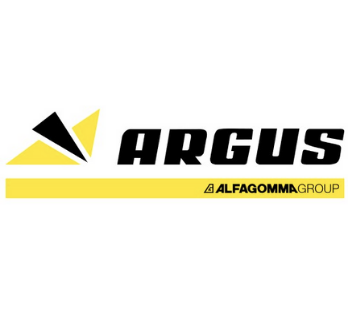

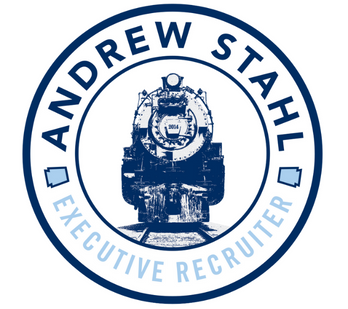
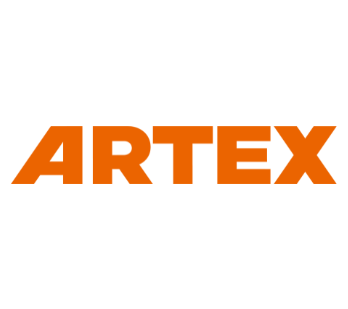

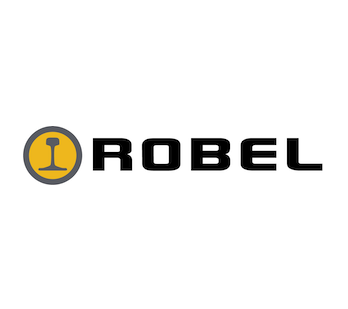

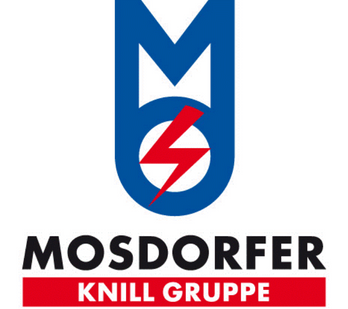

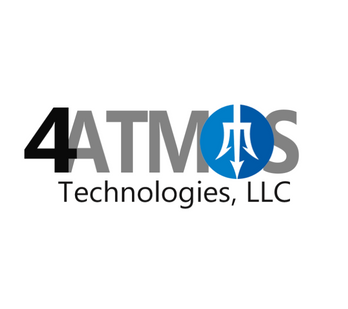











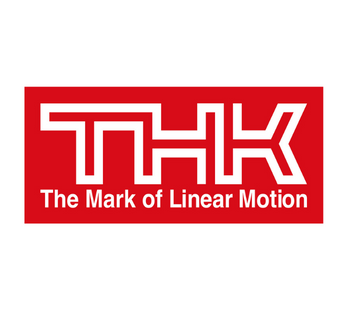

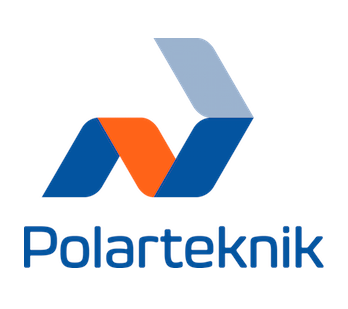
















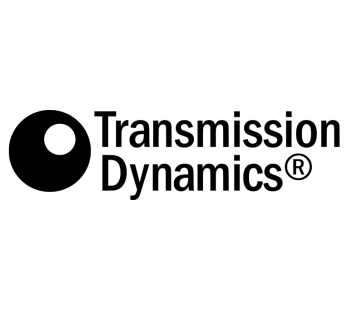





Comment
by Railway-News
Published:
25 Jan 2018
Tags
Amtrak
FTA
Positive Train Control
United States
Positive Train Control in the US: A Vital, Complex and Expensive Technology
John DeWaele is a certified locomotive engineer working in the United States. Following the derailment of the Amtrak Cascades passenger train in Washington in December 2017, where Positive Train Control was not active on the track, John DeWaele takes a closer look at the benefits of this technology and the reasons behind the delays in widespread implementation across the American rail network:
Positive Train Control (PTC) is a train protection technology we have heard a lot about in the past few years. After a series of accidents in the early 2000s and particularly the 2008 Chatsworth (CA) train collision, where an engineer failed to control the train speed in accordance with wayside signal indications, PTC was once again pushed to the forefront of in the United States by the 2008 Rail Safety Improvement Act (RSIA), which provided the framework for PTC and was to be implemented within 18 months of RSIA being passed. While numerous changes to RSIA followed, it did require railroads handling toxic/poisonous inhalation hazards (TIH/PIH) and/or mainline commuter/passenger trains to begin implementation and have a full operating PTC programme within the 18-month timeframe.
Recent events in Washington have reminded us once again how critical it is to give locomotive engineers the proper tools to increase the safety of our railroads. As a certified locomotive engineer for over a decade, former Road Foreman and Trainmaster, I have had the experience of utilizing PTC on freight trains and commuter trains over the northernmost part of Amtrak’s busy North East Corridor (NEC), which connects Washington D.C. to Boston (MA) and participated in the installation and testing of it. PTC provides the NEC (approximately 150 miles between Boston (MA) and New Haven (CT) with a greater level of safety and improved operation by supplying the locomotive engineer with a continuous reminder of the conditions in which they are operating.
What is Positive Train Control?
PTC is a system designed to help locomotive engineers navigate their territory by displaying track speeds, track conditions ahead (in conjunction with cab signalling) and enforcing stop signals, known as a positive stop. This information is incorporated into a display screen that is located on the engineer’s control stand; making the information clear and concise. PTC will monitor the train’s speed and geographical location to ensure compliance with speeds and proper braking distances. This is made possible through on-board equipment, wayside data radios and transponders in the gauge, all part of a PTC programme called ACSES (Advanced Civil Speed Enforcement System). When the train’s speed exceeds a predetermined parameter, PTC will put the train into penalty bringing it to a safe stop. PTC also applies to stop signals, monitoring speed and location to ensure the train does not pass a stop signal by applying a penalty if the train does not obey it.
After a daily test confirming the system functions are fully operational and the engineer moves their train into PTC-equipped territory, the system will immediately “wake up” with an audible indication as soon as the locomotive passes over an entrance/exit transponder; this allows the PTC to pinpoint its exact location. As the system operates, it will emit a beep which the engineer needs to acknowledge by pressing a button whenever track conditions change – for example when the permitted speed changes. This beep is mirrored by an indication on the PTC display showing the current track speed and track conditions ahead. As the train continues, PTC will monitor the speed and location and give the engineer suitable warning to any changing track conditions ahead; this allows the engineer to make the proper adjustments to safely control the train. This could include speed changes, track condition changes (downgrade or upgrade in signals) and warn them of an upcoming stop signal before it comes into the engineer’s view. Any time track conditions change, an audible alarm will need to be acknowledged by the engineer. Should the engineer fail to acknowledge this alarm or exceed any of these predetermined parameters, PTC will stop the train through a penalty application of the brakes.
The success of PTC is apparent the NEC. Amtrak has run the Acela Express here for nearly 20 years without incident. In combination with the skills of their engineers, conductors and dispatchers, the success of their PTC platform is strongly evident from this record. On the NEC, Acela trains operate at speeds of up to 150 mph amongst slower regional passenger trains, commuter trains and freight trains. Amtrak’s NEC’s infrastructure has been in service for over a century, encompasses many curves, crossings and interlockings, and took many modifications to accommodate a high-speed rail project, which included the installation of PTC. The success of the PTC platform in this region has allowed freight trains, which often exceed 10,000 tons, and busy commuter trains to operate flawlessly in between Acela trainsot only is this a success for Acela, but also for PTC in proving its effectiveness on freight trains that operate on the NEC. As this corridor is so old, PTC is a vital tool for the locomotive engineers; assisting engineers guide these high-speed trains down to their proper speeds for all these challenging elements.
Problems for PTC
However, while success on the NEC is evident, the initial mandate to implement PTC created some push back. Concerns over compatibility and proper installation caused some railroads to hinder initial progress, not to intentionally delay the process, but as a matter of understanding the massive undertaking it would be. One major concern to many railroads was simply interoperability given the large percentage of horse power sharing (run through locomotives from one railroad to another). It would take committees made up of multiple railroads to come up with a workable formula here. Once these committees gained momentum through discussions and meetings, they would be able to begin design work on their PTC platforms. Simply addressing concerns like this would push the realistic operation goal far beyond that set by the RSIA.
However, since RSIA was implemented in 2008, amendments have been made to accommodate the colossal task of building a PTC system by extending the implementation period several times, currently to 31 December 2020. Mapping every mile of mainline track, building computer mainframes and designing equipment to fit antiquated locomotives and modern locomotives alike would have required resources many railroads did not have. To gather these resources, railroads would have to set aside capital, hire new employees and find contractors to assist in their systems. Designing systems to be installed in the field to support PTC would also cause delays. The FRA is now assisting many railroads with grants to help speed up the process of installing PTC, to the tune of $925 Million. In addition, loans have been issued to soften the extreme costs PTC poses on each railroad.
Whilst it is clear that PTC, and mainly ACSES, has provided improved safety on the NEC, it was implemented for the Acela to achieve speeds greater than 110 mph before RSIA was passed. Implementing RISA means PTC would extend beyond the Acela trains; every train operating on the NEC between Boston (MA) and New Haven (CT) would be required to have PTC installed and in service while operating on the NEC. Other railroads, other than high-speed rail services outside the NEC, didn’t begin developing PTC until RSIA was implemented in 2008, as they weren’t required to. The slower speeds these railroads operate at may explain the slower rate of implementation as they don’t often exceed 50 mph. The cost of these PTC platforms – that until recently had only been in place on the NEC – is enormous. ACSES is a proven platform in the northeast on passenger trains, where speeds and train lengths are consistent. However, when applied to a freight train, it can be cumbersome and slow operations to a crawl; creating bottlenecks and hindering deliveries and schedules. This is mainly due to the predetermined braking curves that do not account for the variable tonnage and length of freight trains.
Implementing PTC on any railroad is a monumental task that requires all departments to be involved as well as substantial planning and approval by the FRA. Once the programme has been approved by the FRA, the task of building a PTC system begins; this includes, in part, building custom components for installation of wayside signalling, data banks and the individual on-board locomotive units. The technology and materials required to successfully implement PTC has created a backlog with some suppliers and delayed implementation. Also, densely populated areas have forced some railroads to use fibreoptics for their wayside signalling to avoid additional frequency usage on the already congested airwaves, again slowing progress. Then there is the task of upgrading thousands of locomotives with the PTC capabilities; a tremendous undertaking in itself that requires additional shop time and a skilled labour force.
On top of this, the cost of the equipment can exceed $100,000 per locomotive before adding the cost of installation. This extreme cost requires strict budget changes and allocated funds for PTC, plus the costs of constant maintenance associated with the demands of the equipment. A further reason why implementing PTC has been slow is that additional personnel needs to be hired for the installation and maintenance of PTC, in some cases creating new departments. Further costs are incurred through time delays such as halting traffic on busy corridors for maintenance and installation, taking locomotives out of service to install and maintain PTC components and of course, any unexpected breakdown of the PTC equipment which in some cases, disables locomotives and trains entirely. These could be the reasons behind the perceived slow implementation and narrow scope of current use.
The Future of PTC
Everyone involved in PTC is dedicated to delivering a safer, more reliable railroad. However, it is important to consider the long road it takes to implement these technologies and build an entire new element into a railroad. Here in the northeast, Amtrak is no longer the only operator running ACSES, a sure sign of the transition from traditional railroad operations to a safer future. PTC is becoming an important tool for engineers and railroads alike by improving situational awareness and providing the engineers with a constant reminder of their location and speed; eliminating hesitation or guesswork as to where the train is or what the upcoming speeds changes are. Therefore, PTC allows trains to run at their maximum authorised speed safely and efficiently without impeding the overall timeliness of busy corridors. Safety, improved time performance and increased speed are vital to the growth of railroading and PTC is the tool to help everyone involved in it achieve these goals.